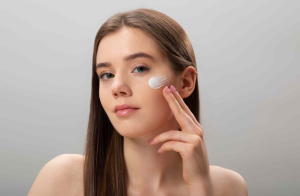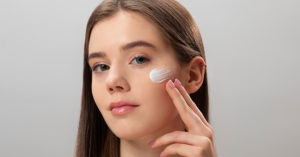- Dry skin is typically characterized by dry patches, tightness, and flaking and is often due to genetics or environmental factors such as living in a dry climate.
- Normal skin is even in texture, not too oily or dry, and has few imperfections.
- Large pores, oily texture, and frequent blackheads or acne breakouts characterize oily skin.
- Combination skin can have different areas: dryness in some areas and oiliness in others.
- Sensitive skin is often dryer than other skin types and can irritate easily.
The Ultimate Guide To the Science Of Skincare
The science of skincare is an often-overlooked yet essential part of overall personal hygiene. With the rise of technology and understanding some of the biology and biochemistry of skin, we now have better ways to nourish and protect our skin. This knowledge not only provides us with the knowledge of how to keep our skin looking its best but also allows us to understand how our skin works in terms of its biology and chemistry, to begin with. In this guide, we will cover the basics of skincare science, from understanding your skin type to product ingredient knowledge and understanding anti-aging skincare. Understanding the Science of Skincare The science of skincare means learning how our skin works in terms of its biology and chemistry. Our skin is made of hundreds of cells that each have a specific function, from oil-producing sebaceous glands to sweat glands and melanin-producing melanocytes. Understanding how each of these cells works and how they interact and respond to different products is essential to understanding the science of skincare. The Importance of Understanding Your Skin Understanding your skin type is paramount to properly care for your skin, as it helps you choose the right products to give you the best results. Five skin types are determined based on your skin’s oiliness, sensitivity, and other factors. Knowing your skin type will help determine which products work best for you. Basics of Skin Types The five basic skin types are dry, combination, oily, regular, and sensitive. These skin types can be further broken down into subtypes: combination dry/oily and sensitive dry.





